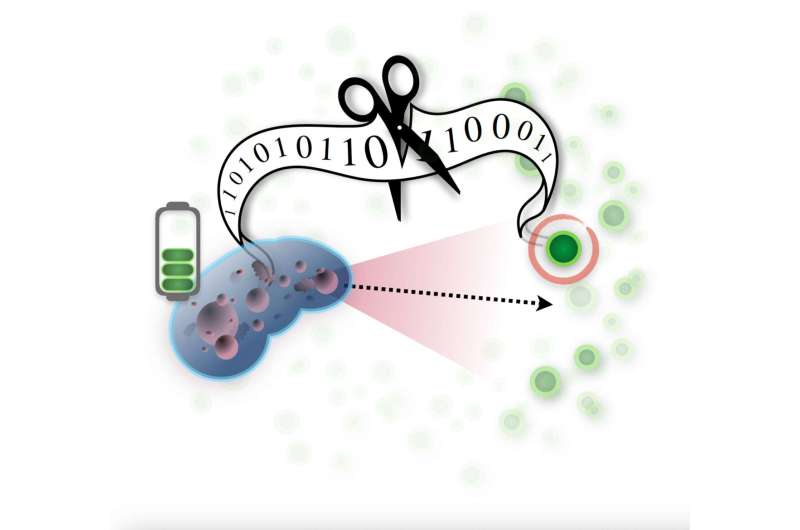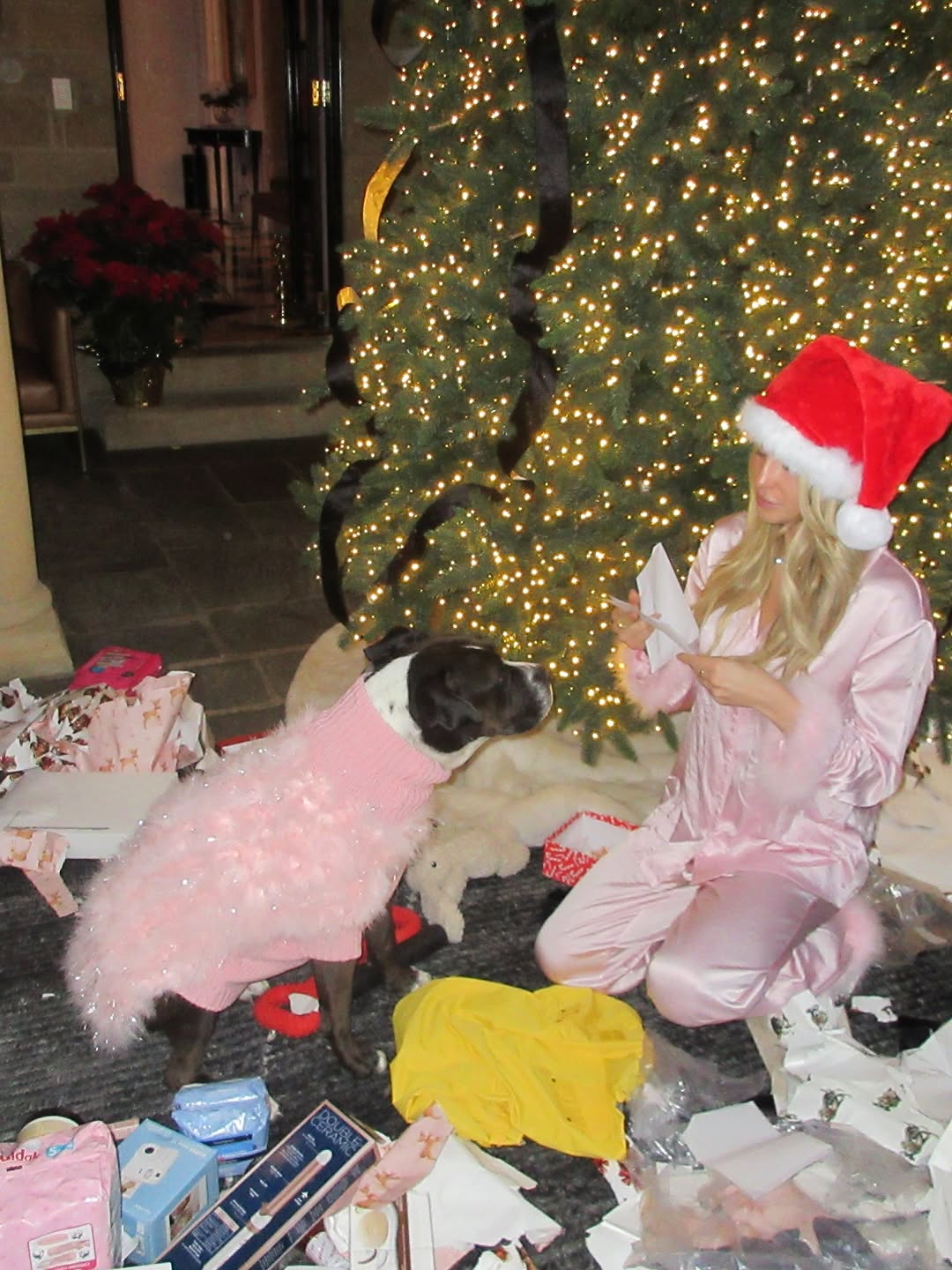Applying Semantic Information Theory to Realistic Models: Discovering the Crucial Point for Survival

November 28, 2023
In accordance with the editorial procedures and policies of Science X, this article has been thoroughly reviewed. Important aspects considered by the editors to verify the content's credibility include fact-checking, peer-review, trustworthiness of the source, and proofreading.
Credited for proofreading is Sofia Tokar from the University of Rochester.
There is a stark difference in the application of information between living systems and inanimate objects. Living systems utilise their environmental information for survival purposes. However, not all data gathered from the environment is pertinent or essential for survival. This meaningful and potentially vital subset of the information is referred to as semantic information.
A new study, as published in PRX Life, showcases how University of Rochester physicists and their collaborators used this semantic information theory in a renowned model of living systems from biology and ecology - an agent seeking resources.
They created a mathematical model to simulate the movement of the resource-seeking agent in an environment and how it collects information about resources. The simulations indicated the presence of a so-called 'semantic threshold,' a crucial point where the information begins to significantly impact an agent's survival. Above this threshold, even if some information is removed, the agent's survival is not impacted. Below it, however, each piece of information becomes critical.
The researchers quantify the associations between an agent and its surroundings, which sheds light on the role of information in the agent's survival efforts.
Consider a bird in a forest that knows where its food stash is. Moving the bird around a hundred feet in the forest disrupts some of its environmental connections, but not enough to endanger its survival, notes Damian Sowinski, the study's principal author and a postdoctoral associate in the Department of Physics and Astronomy at Rochester. But moving the bird 1,000 feet or 1,000 miles away completely disconnects it from its environment, threatening its survivability.
Moving a non-living entity like a pebble 1,000 miles doesn't change the connections it has with the environment because it doesn't use any information about its surroundings to exist or replicate itself.
Co-author Gourab Ghoshal, a professor of physics at Rochester, said that their cognition of relevant and irrelevant survival information worked well when applied to a simple model of resource foraging. He expressed curiosity on how the same might apply to more complex models.
Agency - the ability to carry purposeful action or respond non-randomly to the environment, necessitates creating meaningful connections with the environmen. It implies interactivity, reactivity, and deliberate actions that are self-sustaining and self-replicating.
The emergence of agency, whether in an individual, group, or system, is a matter of great philosophical intrigue.
A mathematical definition of semantic information, as proposed in the paper, could broaden understanding across fields of study - biology, cognitive science, philosophy, and physics - about the relationship between living and non-living systems. The research has recievd support from the John Templeton Foundation due to its potential multi-disciplinary appeal.
Sowinski believes that by employing the language of information theory, they're bridging the gap between the physical science narratives focused on mechanisms and the life sciences narratives focused on behaviour and information.
He, like his colleagues, is energized to continue the team's line of inquiry into the fundamental mystery of life. As Sowinski puts it, 'Our work is a promising first step to answering a bigger question: What in the world causes a lifeless rock full of pebbles to eventually be covered with purposeful entities that are interacting meaningfully with one another and their environment?'
Journal information: PRX Life
Provided by University of Rochester




